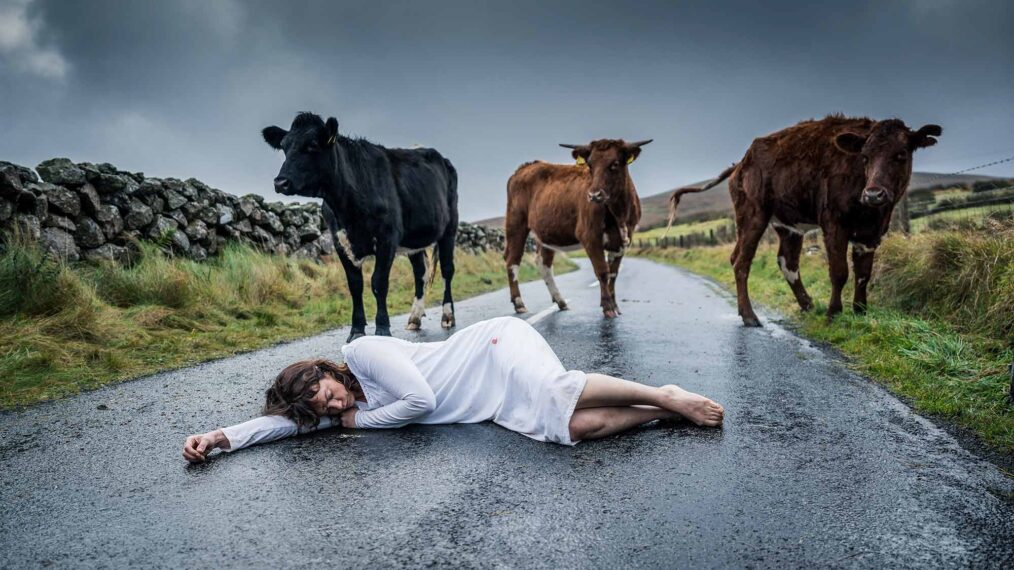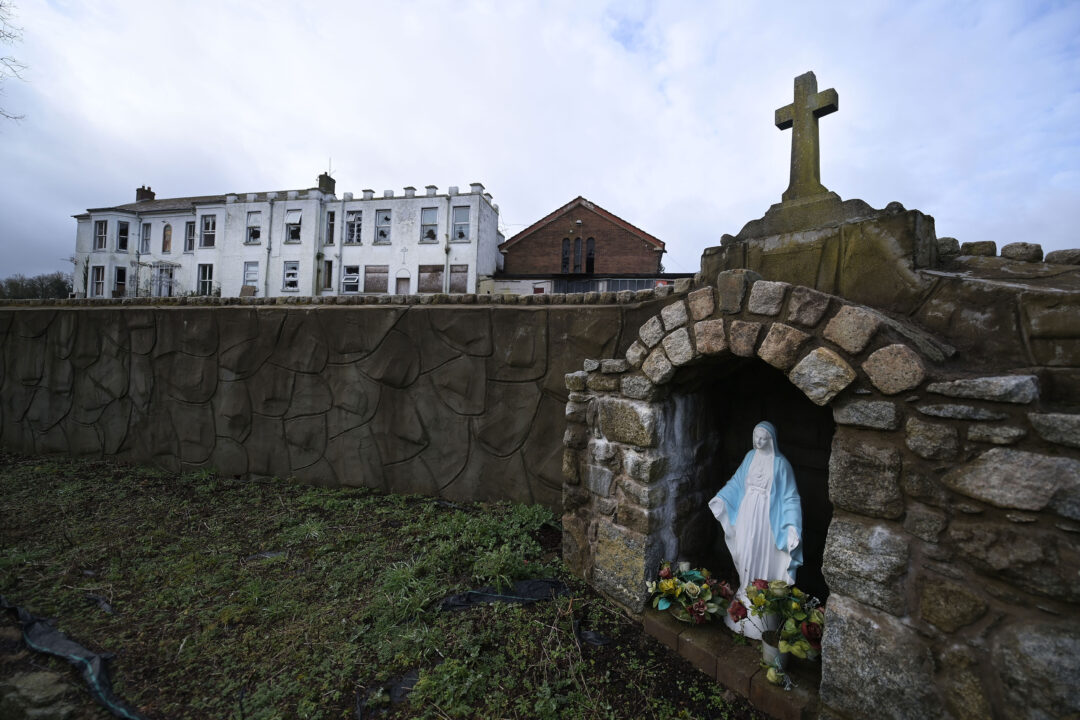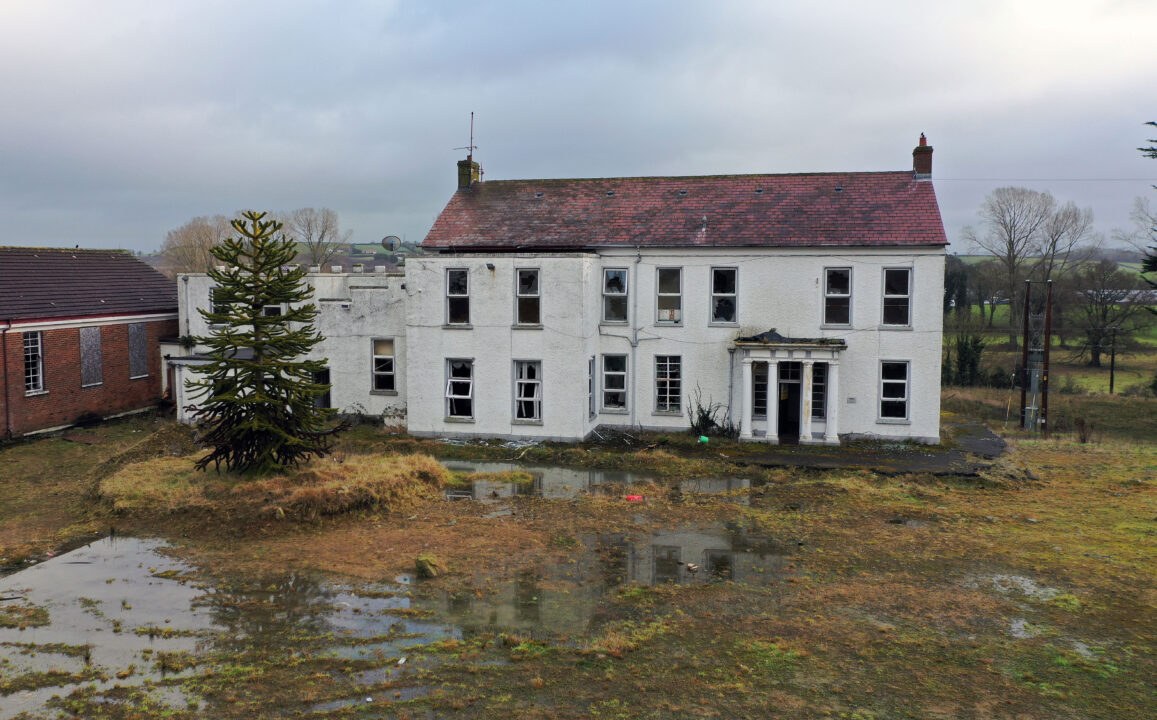The Horrifying True Story Behind the New Series ‘Woman in the Wall’

In the upcoming dark psychological thriller Woman in the Wall (premiering Sunday, Jan. 21 on Showtime), Ruth Wilson stars as Lorna Brady, a distraught woman who suffers from chronic sleepwalking and begins to have trouble recognizing what is real and what isn’t after she finds a woman dead in her home, with no recollection of how she got there or why. Complicating things is Detective Colman Akande (Daryl McCormack), who is investigating the murder of a priest in Dublin, the trail of which leads him to Lorna and her sleepy Irish town. The two murders, which are clearly connected, trigger a sequence of events that brings tragedies and past crimes to light, while also serving as a scaffolding to explore the various burdens and forms trauma can take and the consequences of abuse.
Though the story is set in a fictional Irish town and around a fictional protagonist, Woman in the Wall is based on the real-life history of the Magdalene laundries, convents where young women and teenagers were commonly sent if they got pregnant out of wedlock during the 18th century and well into the 1990s, when they were finally shut down. There, thousands of young women were forcibly separated from their babies and trapped into indentured servitude, much of which entailed doing laundry. (A 2002 film called The Magdalene Sisters was also inspired by this historical blunder.)
Ireland’s Catholic-run asylums lasted the longest, which is perhaps why the series is set there. Beginning in 1765, their laundries were supported by the State and continued for more than 200 years. At first, the convents were mostly designed to “rehabilitate” sex workers, but eventually they would include not only women who became pregnant out of wedlock but women who were not pregnant at all and just deemed “fallen.”

Former Marianvale Mother and Bay home in Newry, Northern Ireland. Photo by Charles McQuillan/Getty Images
In the series, one woman who escaped a laundry was only put there because she was so beautiful everyone assumed she must be sleeping around. By 1920, the laundries had all but abandoned their original ideas, and had turned into religious prisons. A fallen woman was any woman who did not strictly adhere to Ireland’s traditional notions of morality. Only the advent of home washing machines stopped them for good, because the laundries could no longer make money.
An estimated 30,000 women were confined to these religious asylums over the 200-year period they existed, their true intentions covered up under several layers of secrecy and interconnected businesses. In the late 1990s, scandal erupted when one Dublin convent sold part of their property and over 130 unmarked graves were found, many of them without corresponding death certificates (which was very illegal in Ireland). A real tragedy all around.

A Stormont-commissioned report examined Northern Ireland’s history of mother-and-baby institutions like Marianvale that were created in the 19th and 20th centuries to house women and girls who became pregnant outside marriage. The last of these homes closed in 1990. The report found that 10,500 women went through mother-and-baby homes in Northern Ireland and 3,000 were laboured in Magdalene laundries, Catholic-run workhouses that operated in both Ireland and Northern Ireland. Two weeks ago, the Irish Taoiseach issued a public apology for its history of mother-and-baby homes, which sprung from a “stifling, oppressive and brutally misogynistic culture”. Photo: Charles McQuillan/Getty Images
